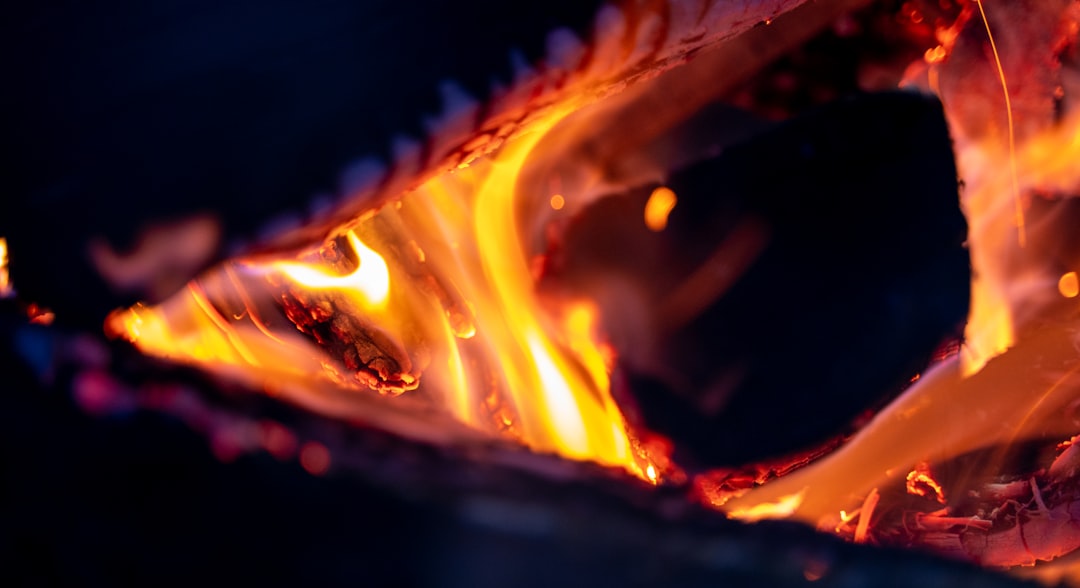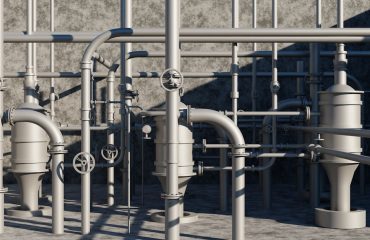Fire-resistant steel, often mistakenly called fireproof steel (as truly fireproof steel doesn’t exist), plays a critical role in safeguarding lives and property in high-risk environments. Understanding its properties, applications, and limitations is essential for architects, engineers, and anyone involved in fire safety planning. This comprehensive guide delves into the world of fire-resistant steel, exploring its various aspects and highlighting its crucial contribution to modern safety standards.
Understanding the Properties of Fire-Resistant Steel
Fire-resistant steel isn’t a single material but a family of alloys designed to withstand high temperatures for extended periods. Their resistance stems from several key properties:
- High melting point: These steels have significantly higher melting points than standard carbon steel, delaying structural failure during a fire.
- Enhanced Strength at High Temperatures: Unlike regular steel, which loses strength rapidly as temperatures rise, fire-resistant steels maintain a considerable level of strength even under intense heat.
- Improved Creep Resistance: Creep is the gradual deformation of a material under sustained stress and high temperature. Fire-resistant steels exhibit superior creep resistance, preventing significant sagging or distortion during a fire.
- Oxidation Resistance: These steels are formulated to resist oxidation (rusting) at high temperatures, preventing rapid deterioration of the material’s integrity.
- Alloying Elements: The enhanced properties of fire-resistant steel are achieved through the addition of alloying elements such as chromium, nickel, molybdenum, and silicon. These elements contribute to the steel’s heat resistance, strength, and oxidation resistance.
Types of Fire-Resistant Steel and Their Applications
Various types of fire-resistant steel cater to different applications and temperature requirements. Some common types include:
- Stainless Steels (e.g., 304, 316): Known for their corrosion resistance, certain stainless steels also offer good fire resistance, making them suitable for applications requiring both fire protection and corrosion resistance.
- High-Strength Low-Alloy (HSLA) Steels: These steels offer a balance of strength and weldability, making them suitable for structural applications where fire resistance is needed.
- Heat-Resistant Steels: Specifically designed for high-temperature applications, these steels can withstand extreme heat for extended durations, ideal for industrial furnaces and power plants.
- Austenitic Steels: These steels exhibit excellent ductility and toughness at high temperatures, making them suitable for applications requiring high strength and resilience during fire conditions.
Applications range from structural components in buildings (columns, beams, and framing) to fire-rated doors, fire escapes, and industrial equipment operating in high-temperature environments.
Testing and Standards for Fire-Resistant Steel
Rigorous testing is crucial to ensure the performance of fire-resistant steel. Various standards and tests, like those outlined by ASTM International and other relevant national and international bodies, are used to evaluate the material’s behavior under fire conditions. These tests typically involve exposing samples to controlled fire conditions and measuring their strength, deformation, and temperature changes over time. The results determine the fire rating of the material, specifying the duration it can withstand specific temperature levels without compromising its structural integrity.
Design Considerations for Fire-Resistant Steel Structures
Designing structures using fire-resistant steel requires careful consideration of several factors:
- Fire Load Calculations: Accurate estimation of the potential fire load within the structure is crucial for selecting the appropriate fire-resistant steel grade.
- Thermal Analysis: Sophisticated thermal analysis techniques are often employed to predict the temperature distribution within the structure during a fire, ensuring adequate protection.
- Connection Design: The design of connections between steel members is critical in maintaining structural integrity under fire conditions. Special considerations might be needed to ensure that connections don’t fail prematurely.
- Protection Systems: In some cases, additional fire protection systems (e.g., intumescent coatings, spray-on fireproofing) might be needed to enhance the fire resistance of the steel structure.
Future Advancements in Fire-Resistant Steel Technology
Research and development continue to push the boundaries of fire-resistant steel technology. Ongoing efforts focus on:
- Developing new alloys: Researchers are exploring novel steel alloys with enhanced fire resistance, higher strength, and improved durability.
- Improving testing methodologies: More accurate and efficient testing methods are being developed to better assess the fire performance of steel materials.
- Integrating advanced materials: Combining fire-resistant steel with other advanced materials (e.g., composites) could lead to lighter, stronger, and more fire-resistant structures.
- Sustainable production methods: Efforts are underway to develop more sustainable and environmentally friendly methods for producing fire-resistant steel.
Fire-resistant steel is a cornerstone of modern fire safety. Its continued development and application are crucial for protecting lives and property in increasingly complex and demanding environments.
Tags: fire resistant steel, fireproof steel, high temperature steel, structural steel, fire protection




